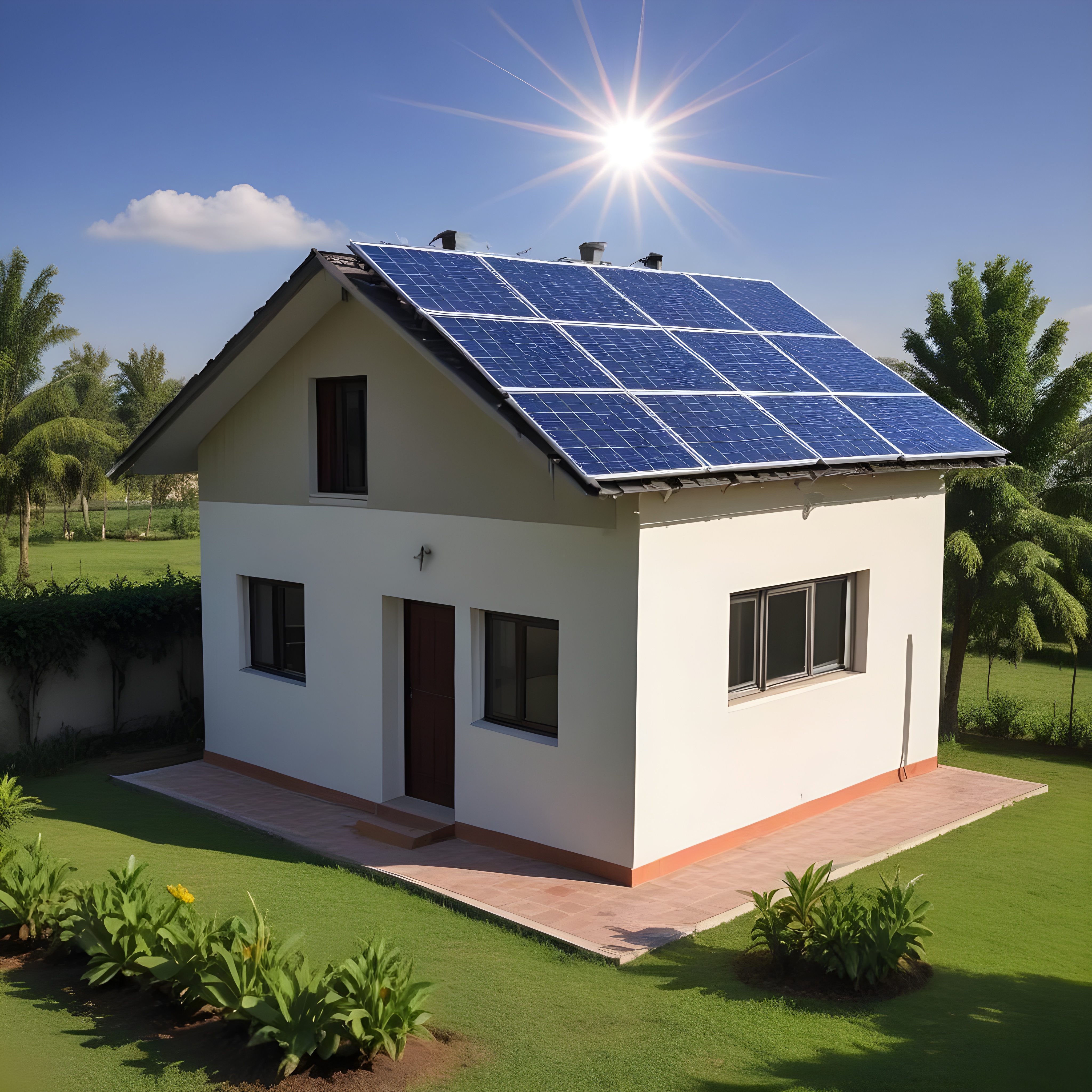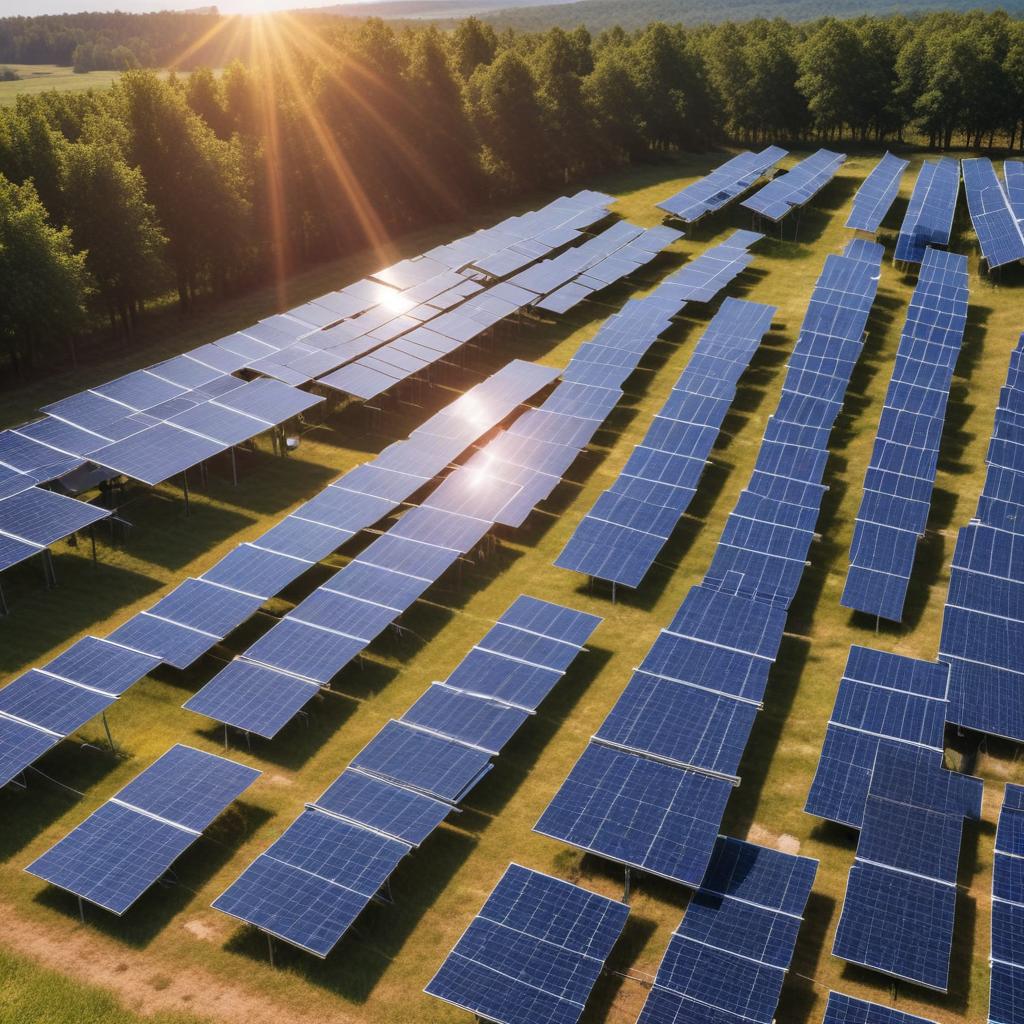The Indian government is vigorously promoting solar energy adoption as part of its commitment to renewable energy. Solar panel subsidies play a crucial role in making solar energy accessible and affordable for residential, commercial, and industrial sectors. These subsidies are part of India's broader initiative to increase the share of renewable energy in its overall energy mix.
Types of Solar Panel Subsidies Available
- Residential Solar Panel Subsidies: Homeowners can avail a subsidy of up to 40% of the installation cost. This initiative is aimed at encouraging households to switch to solar energy, thus reducing their reliance on traditional power sources.
- Commercial Solar Panel Subsidies: Businesses installing solar panels can receive subsidies ranging from 20% to 40%, depending on the size and type of the installation. This helps businesses reduce their operational costs and carbon footprint.
- State-Specific Subsidies: Various states provide additional incentives. These include tax rebates, additional subsidies, and support for solar panel maintenance, which vary from state to state.
State-Wise Solar Subsidies in India
| State | Subsidy Details |
|---|---|
| Andaman and Nicobar Islands | Subsidies up to 30% for residential and commercial solar installations, with additional support for off-grid areas. |
| Andhra Pradesh | State provides subsidies up to 40% for residential solar installations. Special incentives for rural and agricultural solar projects. |
| Arunachal Pradesh | Subsidies up to 30% for residential solar installations, with special focus on off-grid and remote areas. |
| Assam | Subsidies up to 30% for residential solar installations, with a focus on rural and off-grid areas. |
| Bihar | State offers subsidies up to 30% for residential solar installations, with a focus on promoting solar in rural areas. |
| Chandigarh | 30% subsidy for residential solar installations, with a focus on promoting solar in urban areas. |
| Chhattisgarh | 30% subsidy for residential and commercial solar installations, with special incentives for solar water pumps. |
| Delhi | Subsidies up to 30% for residential and institutional installations. Net metering incentives available. |
| Goa | Subsidies up to 30% for residential solar installations, with additional incentives for energy-efficient technologies. |
| Gujarat | Residential subsidy up to 40% for installations up to 3 kW, and 20% for installations between 3 kW and 10 kW. Additional state incentives available. |
| Haryana | State offers a 30% subsidy for rooftop solar installations, with additional benefits for net metering systems. |
| Himachal Pradesh | 30% subsidy for residential solar installations, with additional benefits for solar water heating systems. |
| Jammu and Kashmir | Subsidies up to 30% for residential solar installations, with special incentives for remote and hilly regions. |
| Jharkhand | State provides up to 30% subsidy for residential solar systems. Special focus on rural and remote areas. |
| Karnataka | 30% subsidy for rooftop solar installations under the state's solar rooftop policy. Special provisions for agricultural solar applications. |
| Kerala | State provides 40% subsidy for residential installations and additional incentives for solar water heaters. |
| Ladakh | State provides up to 40% subsidy for residential solar installations, with a focus on promoting solar in remote and high-altitude areas. |
| Madhya Pradesh | Subsidies up to 30% for residential and commercial installations. Additional support for solar water heaters. |
| Maharashtra | Subsidies up to 40% for residential and 20-40% for commercial installations. Special incentives for rooftop solar installations in urban areas. |
| Manipur | State offers subsidies up to 30% for residential solar systems, with additional support for remote regions. |
| Meghalaya | 30% subsidy for residential solar installations, with special focus on promoting solar in rural areas. |
| Mizoram | State offers up to 30% subsidy for residential solar systems, with additional support for rural areas. |
| Nagaland | Subsidies up to 30% for residential and commercial solar installations, with additional support for remote areas. |
| Odisha | Subsidies of 30% for residential installations, with additional incentives for rural solar applications. |
| Puducherry | State offers up to 30% subsidy for residential solar systems, with additional incentives for energy-efficient technologies. |
| Punjab | Subsidies of up to 30% for residential and commercial solar installations. Special incentives for agricultural applications. |
| Rajasthan | Subsidies up to 30% for residential and commercial installations. Additional support for solar water pumps and other solar technologies. |
| Sikkim | 30% subsidy for residential solar systems, with additional incentives for energy-efficient technologies. |
| Tamil Nadu | State offers 30% subsidy for residential solar installations and various incentives for solar water heaters. |
| Telangana | Subsidies up to 30% for residential and commercial solar installations, with special provisions for agricultural uses. |
| Tripura | State provides 30% subsidy for residential solar installations, with a focus on promoting solar in rural and remote areas. |
| Uttar Pradesh | Subsidies up to 30% for residential installations. Special focus on rural and agricultural solar applications. |
| Uttarakhand | State offers 30% subsidy for residential and commercial solar installations. Special incentives for remote and hilly regions. |
| West Bengal | 30% subsidy available for residential solar systems, with additional incentives for solar water heaters. |
Surya Ghar Yojana: Empowering Residential Solar Installations
The "Surya Ghar Yojana" is a government initiative designed to encourage the adoption of solar energy among homeowners. Under this scheme, eligible households can receive a subsidy of:
- Rs. 30,000 per kW for installations up to 2 kW.
- Rs. 18,000 per kW for additional capacity up to 3 kW, with a maximum subsidy of Rs. 78,000.
This initiative aims to reduce the initial financial burden, particularly benefiting rural and semi-urban areas by promoting renewable energy solutions. For detailed information, visit the official PM Surya Ghar website.
How to Apply for Solar Panel Subsidies
- Research: Start by researching the specific subsidies available in your region through the Ministry of New and Renewable Energy (MNRE) website or state energy department portals.
- Certified Installer: Ensure that your chosen installer is MNRE-certified. This certification is crucial for eligibility to receive the subsidy.
- Application Submission: Submit the necessary documents, including proof of residence, installation quotes, and installer certification, through the official online portals or at local MNRE offices.
- Installation and Verification: Post-approval, the installation can proceed. The authorities will verify the system to ensure it meets the standards required to qualify for the subsidy. Upon successful verification, the subsidy amount is disbursed.
Benefits of Solar Panel Subsidies
- Reduced Initial Investment: Subsidies significantly lower the upfront costs, making solar installations more accessible and financially viable.
- Long-term Savings: Solar energy helps in reducing electricity bills, offering substantial savings over time.
- Environmental Benefits: Utilizing solar energy reduces reliance on fossil fuels, thus helping in lowering carbon emissions and promoting environmental sustainability.
- Enhanced Property Value: Properties with solar installations generally experience an increase in market value, attracting environmentally conscious buyers.
~ Orizen Solar





